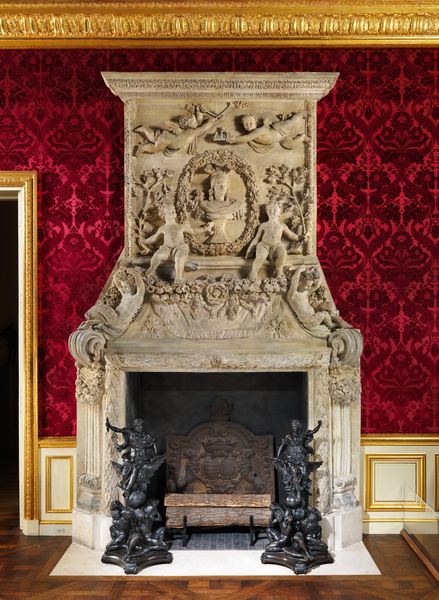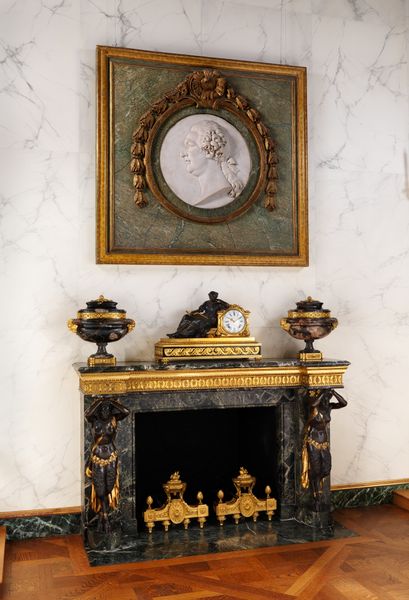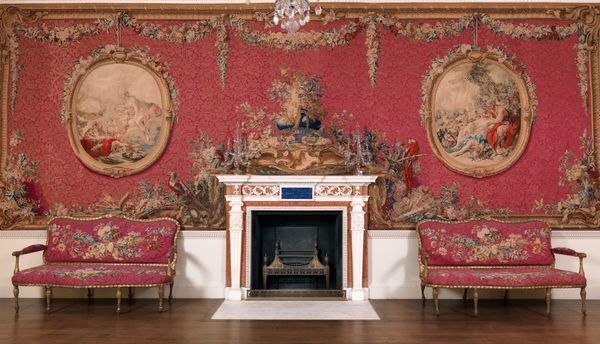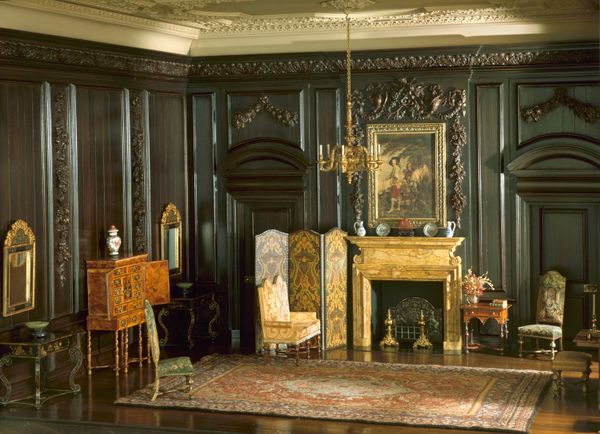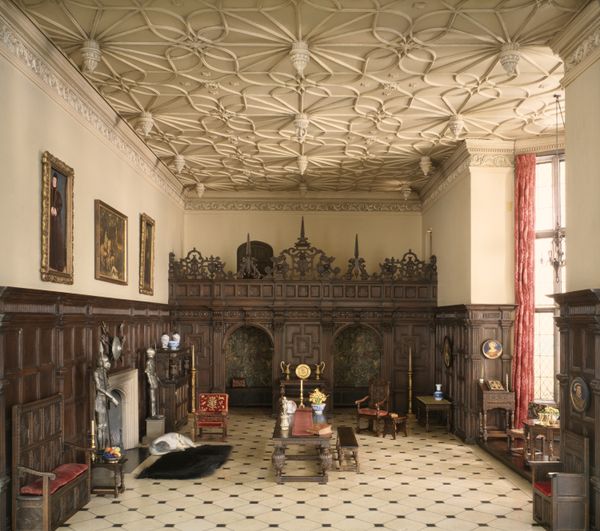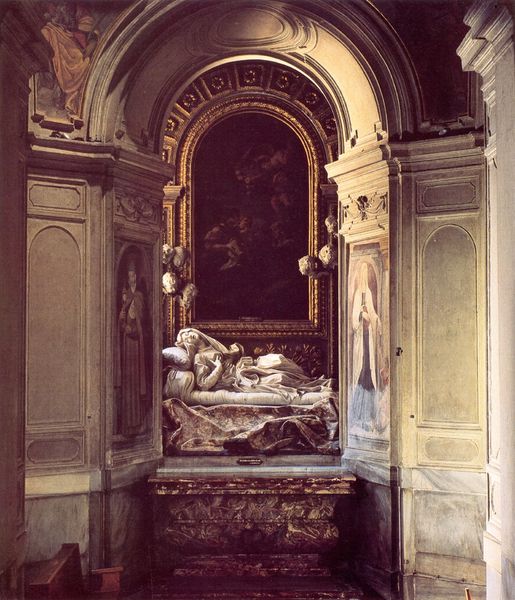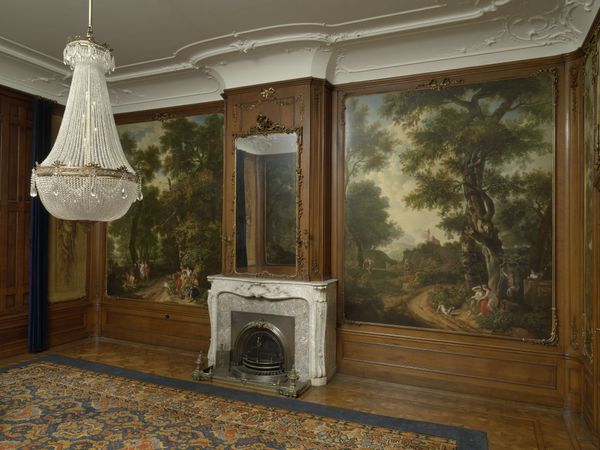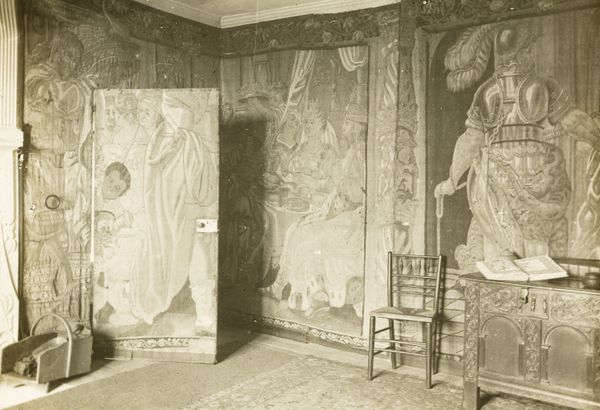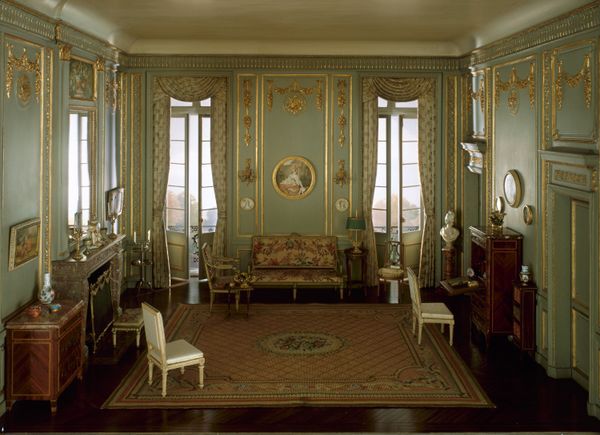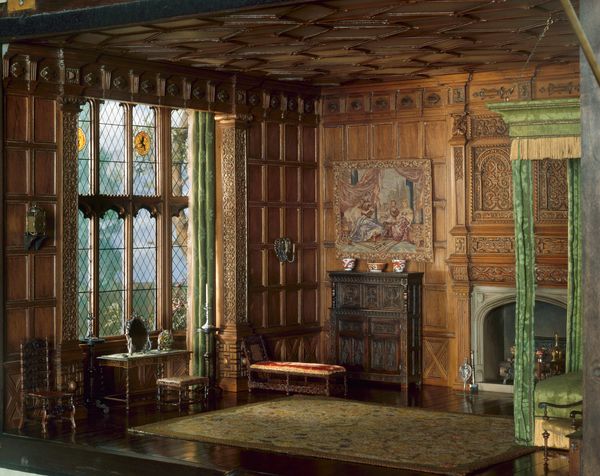
carving, relief, sculpture, marble, architecture
#
portrait
#
interior architecture
#
carving
#
baroque
#
relief
#
traditional architecture
#
stoneware
#
sculpture
#
marble
#
architecture
Dimensions: height 461 cm, width 252 cm, , height 19 cm, width 12 cm, depth 14 cm, height 18 cm, width 13 cm, depth 19 cm, height 39 cm, width 9 cm, depth 18 cm, height 33 cm, width 2 cm, depth 7 cm, height 39 cm, width 11 cm, depth 9 cm, height 18 cm, width 16 cm, depth 4 cm, height 33 cm, width 18 cm, depth 6 cm, height 25 cm, width 18 cm, depth 13 cm, height 220 cm, width 13 cm, depth 3 cm, height 183 cm, width 143 cm, height 183 cm, width 143 cm, height 112 cm, width 22 cm, depth 9 cm, height 40 cm, width 53 cm, depth 9 cm, height 152 cm, width 53 cm, depth 9 cm, height 260 cm, width 29 cm, depth 13 cm, height 94 cm, width 13 cm, depth 9 cm, height 12 cm, width 12 cm, depth 3 cm, height 15 cm, width 14 cm, depth 4 cm, height 32 cm, width 13 cm, depth 7 cm, height 220 cm, width 14 cm, depth 3 cm, height 220 cm, width 33 cm, depth 5 cm, height 220 cm, width 14 cm, depth 5 cm, height 47 cm, width 31 cm, depth 4 cm, height 39 cm, width 27 cm, depth 30 cm, height 95 cm, width 27 cm, depth 30 cm, height 140 cm, width 92 cm, depth 9 cm, height 106 cm, width 44 cm, depth 40 cm, height 27 cm, width 9 cm, depth 5 cm, height 27 cm, width 9 cm, depth 5 cm, height 27 cm, width 9 cm, depth 5 cm, height 15 cm, width 14 cm, depth 4 cm, height 36 cm, width 23 cm, depth 10 cm, height 36 cm, width 23 cm, depth 10 cm, height 14 cm, width 8 cm, depth 7 cm, height 30 cm, width 10 cm, depth 10 cm, height 30 cm, width 10 cm, depth 10 cm, height 20 cm, width 7 cm, depth 9 cm, height 52 cm, width 38 cm, depth 40 cm, height 52 cm, width 38 cm, depth 40 cm, height 150 cm, width 54 cm, depth 34 cm, height 195 cm, width 51 cm, depth 3 cm
Copyright: Rijks Museum: Open Domain
Editor: Here we have Jan Baptist Xavery's marble mantelpiece, "Mantelpiece with relief of Paris and Oenone" from 1739. The carving is quite elaborate. What can you tell us about the narratives that this piece speaks to? Curator: It's fascinating how this piece invites us to consider the relationship between power, mythology, and domestic space. Baroque art often served to legitimize authority. How does the depiction of Paris and Oenone, within the confines of a mantelpiece, subtly reinforce societal expectations or comment on the nature of love and loss in the context of elite culture? Editor: That's a great point. I hadn't considered how myth is used to subtly talk about social roles. The placement of this intimate scene in the domestic space seems purposeful now. Do you think Xavery was celebrating the ideals or critiquing them? Curator: I'd say it’s more of a complicated mirroring of ideals. This mythological subject matter was usually reserved for royal courts to send political messages to a similarly powerful class. Given it’s in a private residence now, it’s not quite as much of a blatant endorsement. Perhaps a celebration of wealth and status? The act of choosing such a subject hints at the owner's ambition and cultivated intellect. Editor: I see what you mean. It reflects the homeowner's aspirations more than direct propaganda. Curator: Exactly. And by depicting Oenone, a figure often overshadowed by Helen in the Paris narrative, does Xavery give her agency, acknowledging female experience? Or is her sorrow simply a trope? These are the nuances we must question. Editor: That makes me look at it very differently. I hadn't considered it from her perspective before. Thank you! Curator: It is always essential to consider the multifaceted layers present in art, especially in relation to history, gender and power. These types of conversation uncover much meaning.
Comments
rijksmuseum about 2 years ago
⋮
This mantelpiece was made for the principal room of the house at 48 Rapenburg in Leiden, where Diederik, Baron van Leyden, lived. Xavery also made a marble relief for each overdoor and probably designed the decorative stucco ceiling, which surrounded a large painting by Jacob de Wit. The walls were hung with tapestries from Brussels. This created an impressive ensemble.
Join the conversation
Join millions of artists and users on Artera today and experience the ultimate creative platform.
